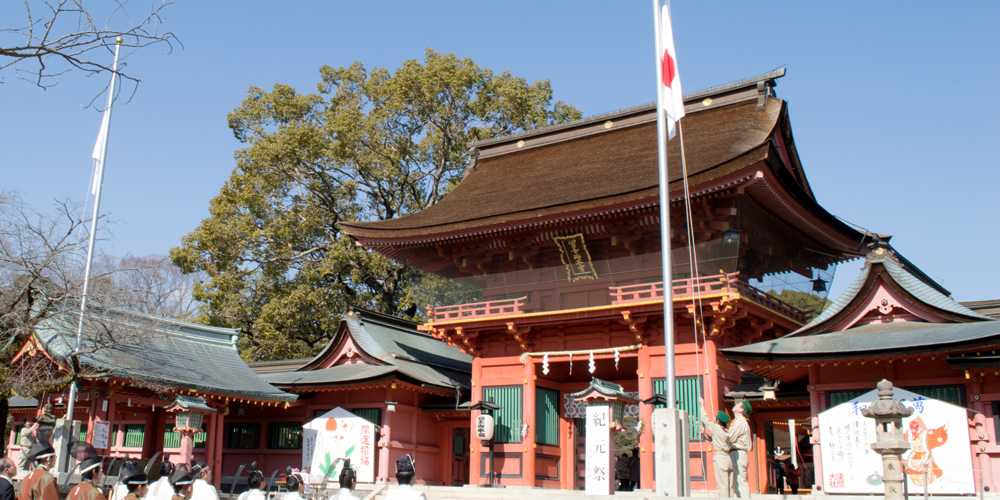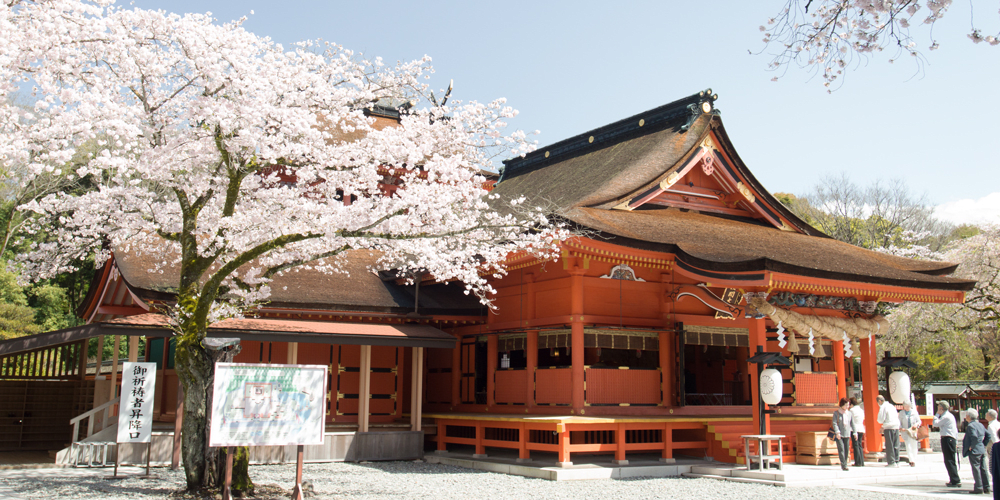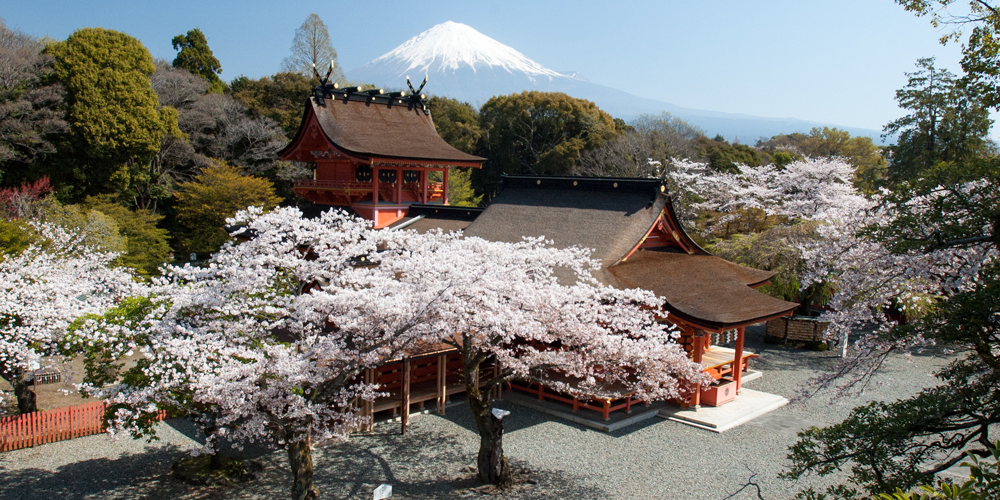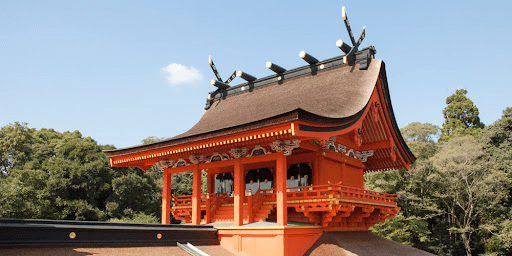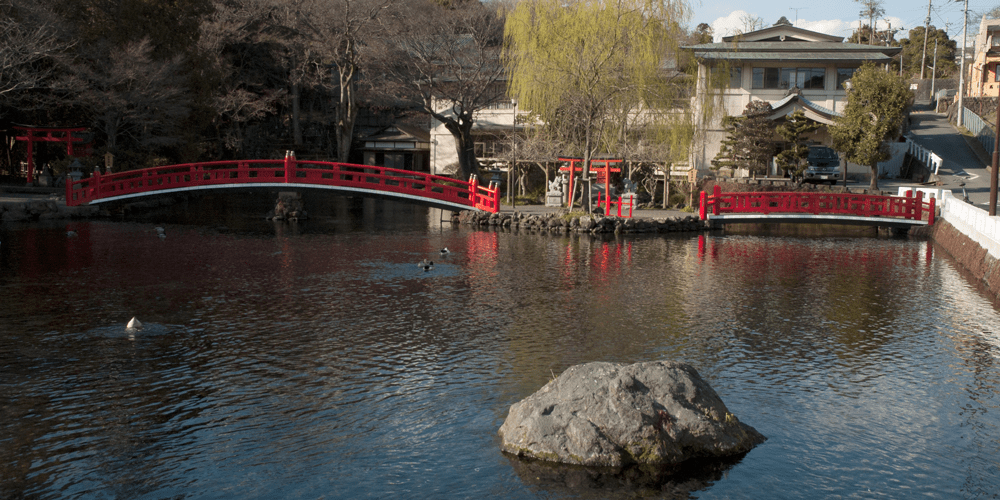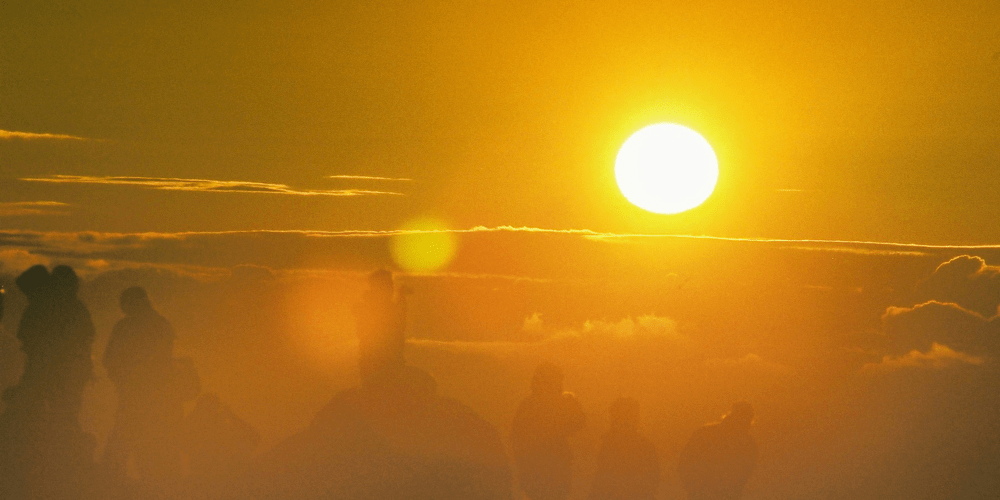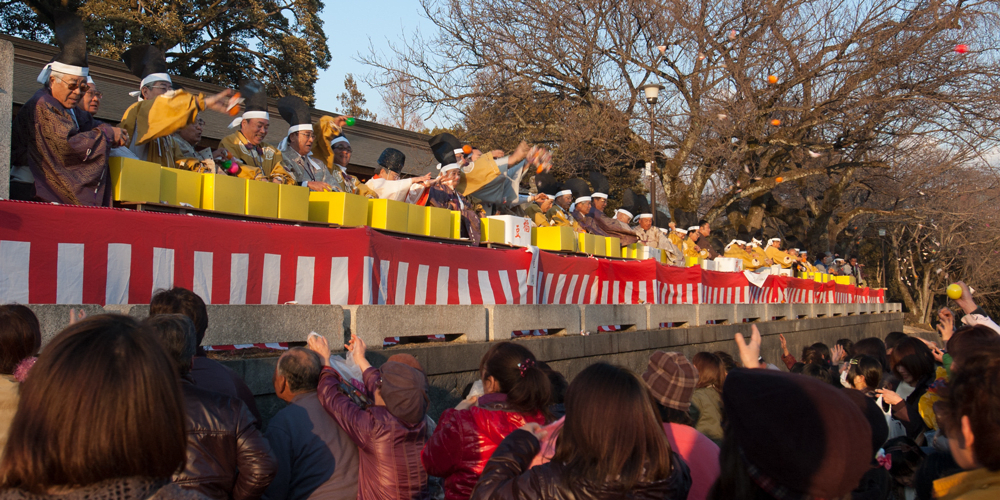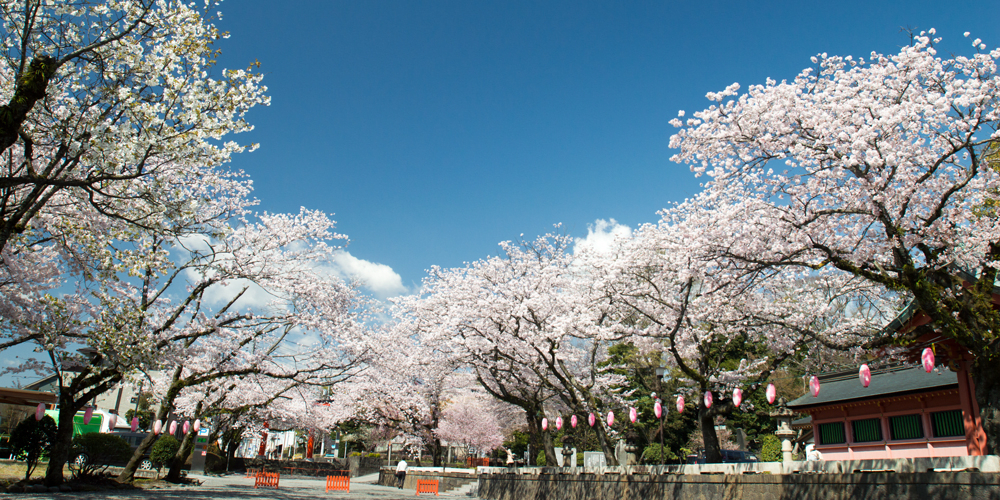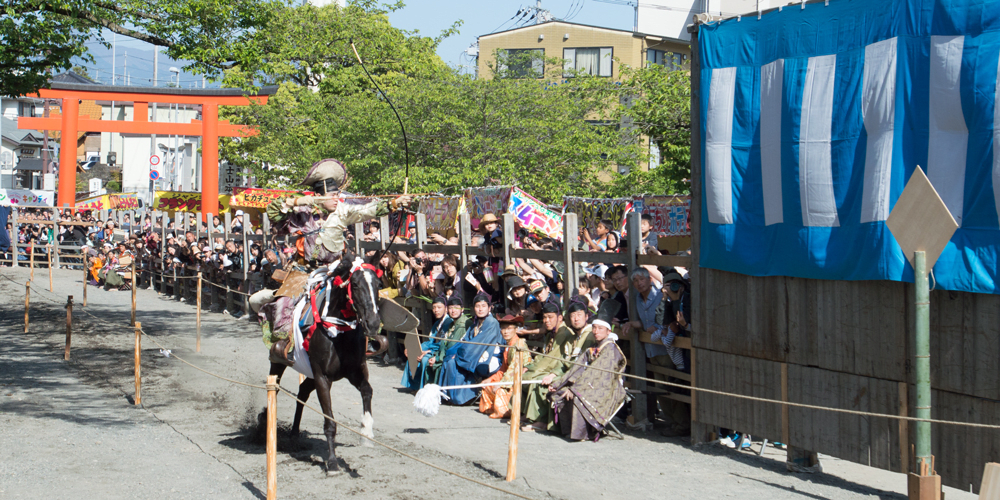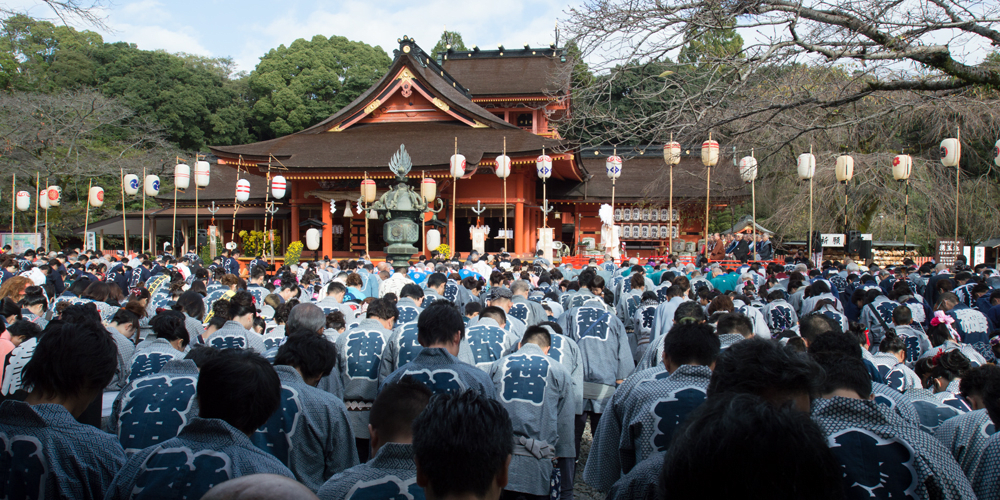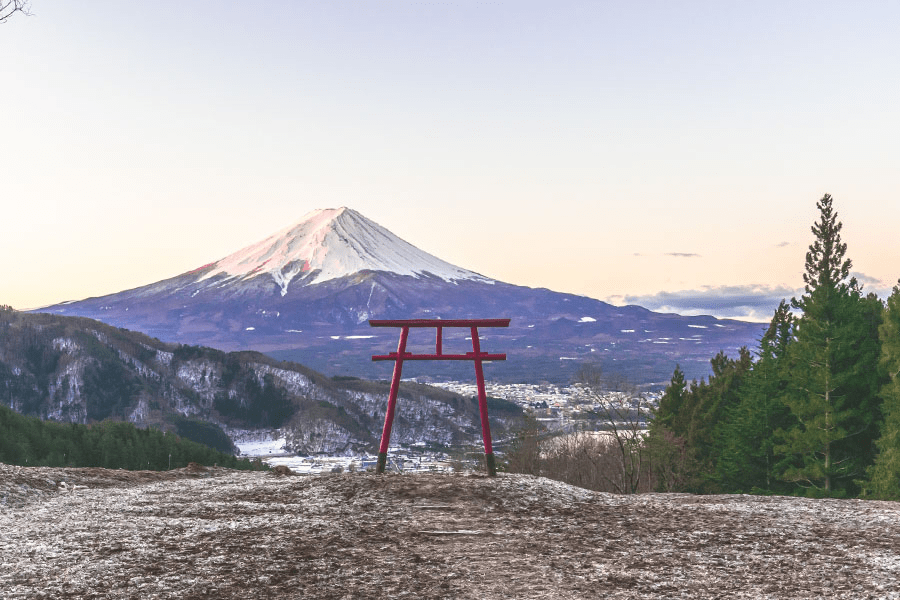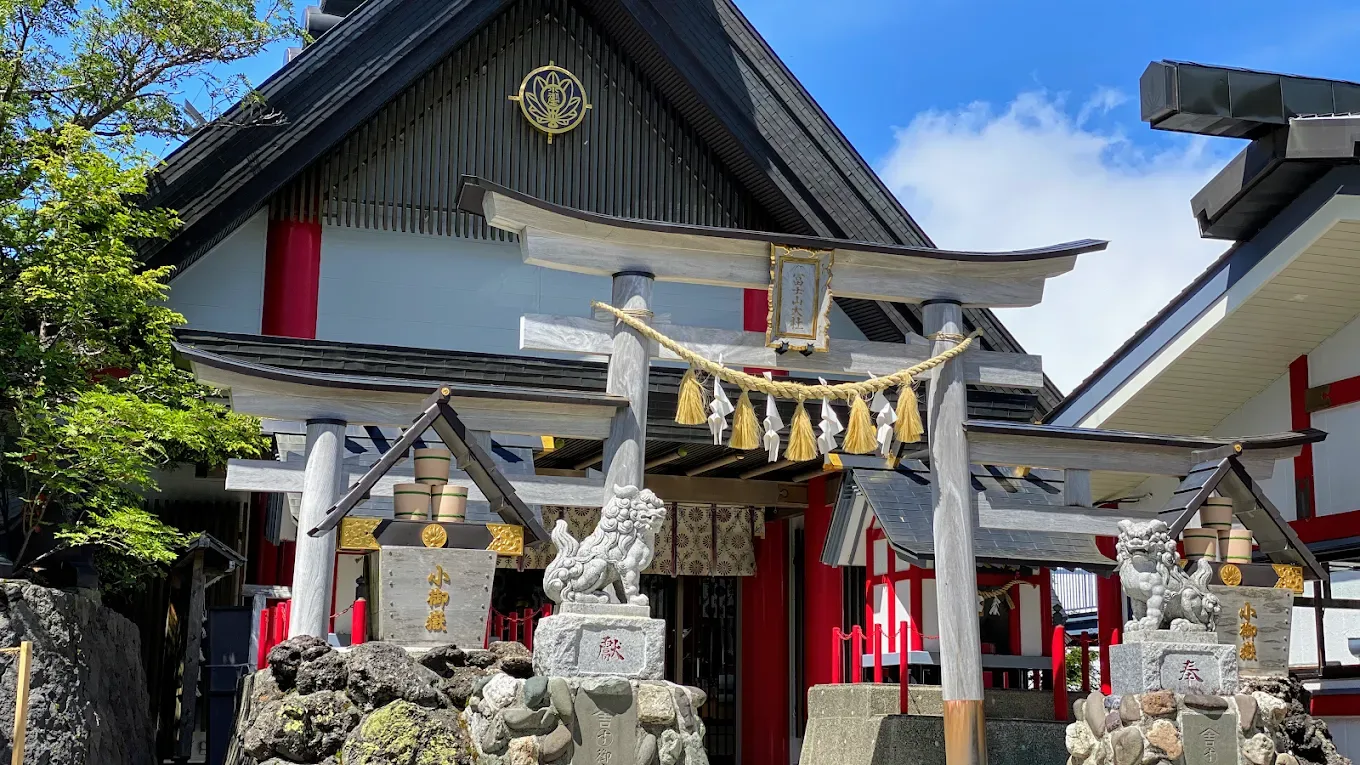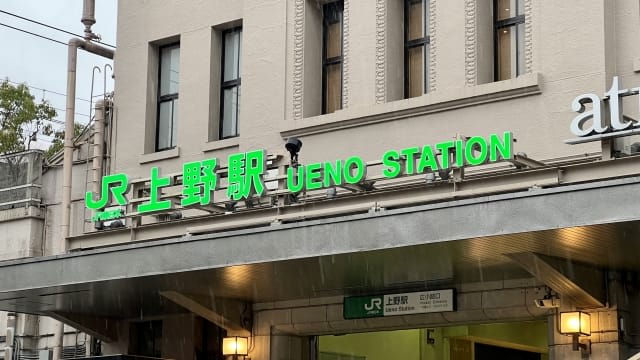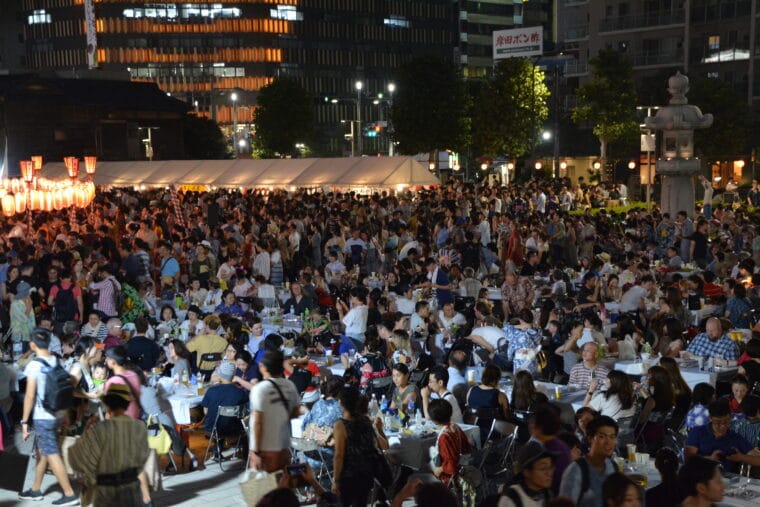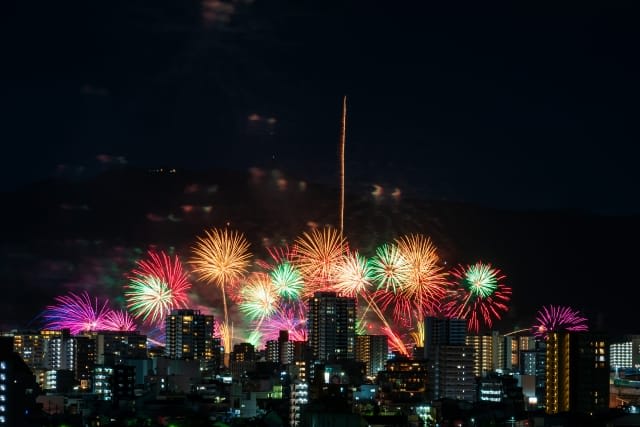Discover Fujisan Hongu Sengen Taisha: Mt. Fuji's Historic Shrine and Cultural Treasure
Mount Fuji, which can be considered one of Japan's most iconic symbols, is one of the country's premier tourist destinations where you can experience magnificent natural beauty, and I visit regularly myself. The surrounding area is home to numerous attractions, and simply touring around Mount Fuji allows you to enjoy various aspects of Japan.
However, due to Mount Fuji's enormous size, visiting all the tourist spots in the surrounding area takes quite a bit of time. In fact, a friend of mine visited Mount Fuji, but when returning home told me, "I didn't know which tourist destinations I should really visit, and I regretted not doing thorough research beforehand."
This shows that Mount Fuji can be a challenging destination for first-time foreign visitors to fully enjoy.
If you want to experience the Mount Fuji area efficiently and in-depth, I highly recommend having a knowledgeable local guide create the perfect itinerary and touring according to their plan. I actually participated in the "Mt. Fuji Full-day Day Trip Tour from Tokyo with a Private Car & Guide" myself and was amazed by both its convenience and rich content.
This tour is offered by Magical Trip, which won Tripadvisor's Best of the Best award consecutively in 2024 and 2025.

Thanks to our high-quality tours and the unique experience of enjoying tourist destinations like a local, Magical Trip's tours are consistently popular. For those who want to enjoy the Mount Fuji area efficiently and deeply, and for those who want to experience various parts of Japan like a local, I definitely recommend trying a Magical Trip tour.
Introduction
Mt. Fuji is known as Japan's tallest mountain and stands as a symbol of Japan. Even for those who have lived in Japan for many years, Mt. Fuji holds such a special place that whenever they catch a glimpse of it, they feel compelled to tell someone, "I saw Mt. Fuji today!"
With an elevation of 3,776 meters, Mt. Fuji is characterized by its well-balanced conical shape. Its majestic landscape has been an object of worship for Japanese people since ancient times and has been depicted in numerous works of art.
The surrounding area features diverse natural attractions, including the five lakes known as Fuji Five Lakes and the vast Aokigahara Forest, which is said to be so dense that once you enter, you may never find your way out. Shrines and cultural heritage sites are also scattered throughout the area, allowing visitors to experience the history of Mt. Fuji worship.
In this article, we will introduce FUJISANHONGU SENGENTAISHA, one of the representative shrines around Mt. Fuji.
What kind of shrine is FUJISANHONGU SENGENTAISHA?
FUJISANHONGU SENGENTAISHA is a historic shrine located at the foot of Mt. Fuji and serves as the head shrine of approximately 1,300 Sengen shrines throughout Japan. This shrine primarily enshrines Konohanasakuyahime, who is considered the guardian deity of Mt. Fuji.
Within the shrine grounds, visitors can experience Japanese traditional culture in a serene atmosphere, featuring "Wakutamaike," a pond fed by Mt. Fuji's underground water, and historically valuable buildings.
Since medieval times, this shrine has served as the starting point for climbing Mt. Fuji, and it was customary for worshippers to begin their ascent from here.
Why are shrines special to Japanese people?
Shrines play an important role in Japanese culture. At the same time, they are familiar presences in Japanese people's lives.
In Japan, it has long been believed that gods dwell in nature, and people have visited shrines to express gratitude and make wishes.
Japanese people have traditions of visiting shrines at significant moments in their lives, such as Hatsumode (first shrine visit of the New Year), Shichigosan (celebration of children's growth), and weddings. Shrines also serve as the center of local festivals.
Shrine grounds are typically quiet and beautiful spaces surrounded by trees, providing many Japanese people with a place of spiritual peace.
Four Attractions of FUJISANHONGU SENGENTAISHA
Sacred Atmosphere and Deep History of Enshrining Asama Deity
Source:Official website
According to "FUJISANHONGU SENGENTAISHAKI," which documents the history and origins of FUJISANHONGU SENGENTAISHA, Mt. Fuji erupted during the reign of Emperor Korei, Japan's 7th emperor, leaving the surrounding areas devastated. The origin of the shrine dates back to 27 BCE when Emperor Suijin, the 11th emperor, enshrined Asama-no-ohkami to pacify the mountain deity.
Later, in 806 CE, under the imperial decree of Emperor Heizei, a grand shrine building was constructed at the current location. It is believed that this site, where sacred water from Mt. Fuji springs forth, was considered the ideal place to enshrine the deity.
FUJISANHONGU SENGENTAISHA has long been revered by many people and cherished as a special place to pray for safety before climbing Mt. Fuji.
Notable historical military commanders of Japan, such as Minamoto no Yoritomo, Ashikaga Takauji, Takeda Shingen, and Tokugawa Ieyasu, deeply respected the shrine and contributed to the construction of shrine buildings and made donations.
At FUJISANHONGU SENGENTAISHA, with its vibrant vermilion shrine buildings, mystical spring water pond from Mt. Fuji, and grounds where long history and faith coexist, visitors can truly feel the sacred atmosphere.
Beautiful and Majestic Nature Surrounding the Area
Source:Official website
FUJISANHONGU SENGENTAISHA is located at the foot of Mt. Fuji, surrounded by abundant natural beauty. On clear days, you can see the snow-capped Mt. Fuji is distinct from the shrine, which is a truly impressive sight. The view of Mt. Fuji through the vermilion torii gates also makes for a picturesque scene.
One of the major attractions is being able to enjoy the seasonal nature alongside Mt. Fuji simultaneously, with cherry blossoms in spring, fresh greenery in summer, autumn foliage, and clear air with snowy landscapes in winter.
As you stroll slowly around the shrine grounds, listening to birdsong and the sound of the wind, you can experience the spirit of "coexistence with nature" that Japanese people have cherished.
Beautiful "Main Hall" Designated as a National Treasure and Important Cultural Property
Source:Official website
The main hall of FUJISANHONGU SENGENTAISHA was rebuilt in 1604 by Tokugawa Ieyasu. It has been designated by the country as a building of high historical value.
This main hall has a special two-layered architectural style called "Sengen style," which is a rare treasure that can only be seen here in Japan. While being a shrine building, it also resembles a castle.
The first layer is in the "hohden" (treasure hall) style, while the upper layer is in the "nagare" style, both featuring roofs made from the bark of white cedar (hinoki) trees. The hip-and-gable roof style slopes in four directions from the highest point of the roof. The flowing style (nagare) extends the front of the roof, creating a distinctive upward curve.
The exterior is painted in vibrant vermilion and adorned with intricate carvings and colorful decorations, captivating visitors.
"Wakutama Pond" Where Mt. Fuji's Snowmelt Water Springs Forth
Source:Official website
"Wakutamaike" in the shrine grounds is a mystical pond where snowmelt water from Mt. Fuji springs from underground. This water is the result of snow that fell on Mt. Fuji being filtered underground over many years, emerging as pure spring water.
It has long been considered sacred water, and since medieval times, "Misogi" purification rituals were performed here before climbing Mt. Fuji. The water in the pond is extremely clear, so clear that you can see the coins offered at the bottom of the pond.
Walking paths are well-maintained around the area, allowing you to calm your mind while listening to the sound of water in the quiet natural setting. It's a precious place where you can touch the blessed water of Mt. Fuji.
Event Seasons are Recommended to Enjoy FUJISANHONGU SENGENTAISHA Even More!
Various traditional events and festivals are held throughout the year at FUJISANHONGU SENGENTAISHA. By participating in these events, you can experience Japanese culture and the beauty of the four seasons more deeply.
Hatsumode (First Shrine Visit of the Year)
Source:Official website
From January 1st to 3rd every year, many people from all over Japan visit FUJISANHONGU SENGENTAISHA for Hatsumode. Hatsumode is a Japanese traditional event where people visit shrines at the beginning of the new year to pray for health and good fortune for the year.
On New Year's Day, January 1st, Saitansai and Ujikoanzenkigansai are held to pray for prosperity and safety throughout the year. Ujikoanzenkigansai is a festival that prays for the safety of the Ujiko, the local people who support the shrine, where women dressed in traditional costumes offer dances to the gods.
On January 2nd, there are mochi (rice cake) pounding and distribution events, as well as Kiyari and Hashigonori performances. Kiyari refers to chants or work songs used when multiple people cooperate to carry large objects such as big trees, which were sung during the mid-Edo period. Hashigonori is a traditional performing art where performers wearing short kimono called hanten perform acrobatics on straight-standing ladders.
During this period, the shrine grounds become as lively as a festival, with stalls selling local food and specialties. It's an excellent opportunity to experience New Year's customs deeply rooted in Japanese life. Why not start your new year in this sacred place?
Setsubun Festival
Source:Official website
On the day of Setsubun in February, the "Setsubun (End of winter) festival" is held. This is widely known as an event to drive away evil spirits and invite good fortune.
At FUJISANHONGU SENGENTAISHA, priests and local people scatter beans while shouting "Demons out, Fortune in!" to wish for health and happiness throughout the year. Beans were considered to have spiritual power, like rice, as they were an energy source.
In Japan, Setsubun is very important as it marks the changing of seasons. It's highly recommended for those who want to experience traditional Japanese winter customs.
Cherry Blossom Festival
Source:Official website
In April, the "Oukasai" is held to celebrate the arrival of spring with fully bloomed cherry blossoms. Since cherry trees are sacred at FUJISANHONGU SENGENTAISHA, about 500 cherry trees are planted within the shrine grounds, making it a popular cherry blossom viewing spot. The blooming of cherry blossoms is considered a blessing from Konohanasakuyahime who is enshrined at FUJISANHONGU SENGENTAISHA, and celebratory events are held in her honor. With Mt. Fuji as a majestic backdrop, the FUJISANHONGU SENGENTAISHA grounds become a perfect place to experience Japan's beloved cherry blossom tradition.
In the evening, there are events where Gagaku and Kyogen are dedicated to the gods. Gagaku is a unique Japanese music that combines musical dance from various countries transmitted from the Korean Peninsula and Asian continent about 1,400 years ago with ancient Japanese musical dance.
Kyogen is a performance that expresses everything through dialogue-centered lines and gestures without using elaborate stage settings. Kyogen is comedy, expressing human correction and essence through laughter and humor.
During the day, Kusajikanomaki, which demonstrates the comportment and vocabulary of Kyudo (Japanese archery), and Nodate, where you can enjoy tea prepared outdoors, are held.
Yabusame Festival
Source:Official website
The "Yabusame (Horseback archery) festival" in May is a powerful event where you can observe samurai traditions. Near the sacred grounds of FUJISANHONGU SENGENTAISHA, with views of Mt. Fuji in the distance, this ancient martial art comes to life.
Yabusame is an ancient martial art of shooting targets from a galloping horse, which has been performed as a ceremony to express gratitude and prayer to the gods. Minamoto no Yoritomo also dedicated Yabusame in 1193, and it was actively performed from the end of the Heian period to the Kamakura period.
At FUJISANHONGU SENGENTAISHA, you can see up close archers dressed in colorful traditional costumes on horseback, shooting targets while galloping at full speed.
It is also an excellent opportunity for photography and will be a valuable experience to touch Japanese history and spiritual culture.
Autumn Festival
Source:Official website
The Fujinomiya Festival, held annually from November 3rd to 5th at the foot of Mt. Fuji, boasts a long history as the autumn festival of FUJISANHONGU SENGENTAISHA.
At this festival dedicated to giving thanks for a bountiful harvest, the Ujiko (local people who support the shrine) bring colorful Dashi and stalls into the city, and the sound of "Fujinomiyabayashi," designated as an intangible folk cultural property of Shizuoka Prefecture, envelops the town. Ohayashi is music performed at festivals and traditional events, using instruments such as drums and flutes to enliven the event.
On the final day, all the floats gather in the center. The powerful performance that unfolds with traditional calls captivates visitors. Looking up at the majestic Mt. Fuji, it is a special experience to feel Japanese traditional culture and community bonds firsthand.
Access to FUJISANHONGU SENGENTAISHA
Address, access, and official homepage information
Address: 1-1 Miya-cho, Fujinomiya-shi, Shizuoka Prefecture 418-0067
Phone number: 0544-27-2002
Opening hours/holidays: Open year-round (open during New Year's and holiday seasons)
Gate opening hours
April to September: 5:00-20:00
March, October: 5:30-19:30
November to February: 6:00-19:00
(Note: May change depending on season or events.)
Access:
By train
About 10 minutes walk from the north exit of Fujinomiya Station on the JR Minobu Line
By bus
50 minutes from JR Shin-Fuji Station
By car
From Shin-Fuji IC on the New Tomei Expressway: About 15 minutes via the West Fuji Bypass
From Fuji IC on the Tomei Expressway: About 20 minutes via the West Fuji Bypass
Parking
Capacity: About 150 cars
Fee: 30 minutes free, then 200 yen per hour
(Note: Please check the official homepage for the latest traffic conditions and opening hours before your visit.)
3 Shrines You Should Visit When Coming to FUJISANHONGU SENGENTAISHA
Kawaguchi Asama Shrine
Source:QOONEL+
Located near Lake Kawaguchi in Yamanashi Prefecture, Kawaguchi Asama Shrine is dedicated to Konohanasakuyahime, the guardian deity of Mt. Fuji. It was built in 865 CE to pacify the eruption of Mt. Fuji. When visiting the FUJISANHONGU SENGENTAISHA, make sure to include this shrine in your itinerary.
Within the shrine grounds, there is a sacred tree called "Shichihonsugi" that is approximately 1,200 years old and designated as a natural monument of Yamanashi Prefecture. Additionally, the approach to the shrine is lined with cedar trees about 800 years old, enveloping visitors in tranquility and a mystical atmosphere.
The sky torii gate that can be reached by car or on foot, and the magnificent view of Mt. Fuji and Lake Kawaguchi beyond it are must-see attractions. Personally, I always take commemorative photos with this scenery in the background when I visit.
This shrine was registered as a component of the World Cultural Heritage "Mt. Fuji - Object of Faith and Source of Art" in 2013.
Kawaguchi Asama Shrine
Enjoy the sky torii gate, Mt. Fuji, and Lake Kawaguchi all at once. The giant cedar tree over 1,000 years old is also a highlight.
Address: 1 Kawaguchi, Fujikawaguchiko-machi, Minamitsuru-gun, Yamanashi Prefecture 401-0304
Phone number: 0555-76-7186
Business hours/Closed days: Not listed on the official website, please contact directly before visiting.
Official website: https://asamajinja.or.jp/
Arakura Fuji Sengen Shrine
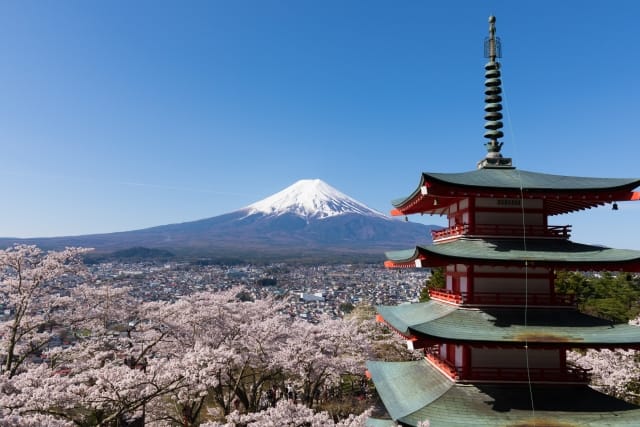
Arakura Fuji Sengen Shrine is a popular spot known for its spectacular views of "Mt. Fuji × five-story pagoda × cherry blossoms." Especially during cherry blossom season in spring, foreign tourists can experience a scene that truly embodies "This is Japan!"
The shrine is located on a hill, and after climbing 398 steps, the five-story pagoda "Chureito" awaits with Mt. Fuji in the background. This scenery is often used in photographs and posters and is very popular on social media. It's the perfect place for those who want to see a typical Japanese landscape with their own eyes.
Climbing up and down the stairs requires some physical effort, but the beautiful scenery and sense of achievement are well worth it.
Arakura Fuji Sengen Shrine
A photogenic spot where you can enjoy spectacular views of Mt. Fuji, the five-story pagoda, and cherry blossoms in spring.
Address: 2-4-1 Asama, Fujiyoshida-shi, Yamanashi Prefecture 403-0031
Phone number: 0555-23-2697
Business hours/Closed days: Not listed on the official website, please contact directly before visiting.
Official website: https://www.arakurafujisengen.com/
Fujisan Komitake Shrine
Source:Google Maps
Fujisan Komitake Shrine is located at the 5th station of Mt. Fuji at an altitude of about 2,300 meters and is known as a sacred site for mountain worship. It was founded in 937 and enshrines Iwanagahimenomikoto. When planning your visit to FUJISANHONGU SENGENTAISHA and other shrines around Mt. Fuji, don't miss this unique mountain shrine.
Iwanagahimenomikoto is the elder sister of Konohanasakuyahime, the guardian deity of Mt. Fuji, and is regarded as a symbol of eternal life and longevity.
This shrine is beloved as a place to pray for the safety of Mt. Fuji climbers. Even those who don't climb can access the 5th station by bus to see the magnificent view of Mt. Fuji and look out over the world below from the observation deck.
If the weather is good, you can also see a spectacular view of the sea of clouds, making this a special place where you can feel the deep connection between Japanese nature and faith.
Fujisan Komitake Shrine
A mountain worship shrine located at Mt. Fuji's 5th station, praying for the safety of climbers.
Address: 5617 Komitakeshita, Kamiyoshida, Fujiyoshida-shi, Yamanashi Prefecture 403-0005 (Fuji Subaru Line 5th Station)
Phone number: 0555-72-1475
Visiting hours: 9:00-16:00
Official website: No information
X: https://x.com/komitake_jinja
